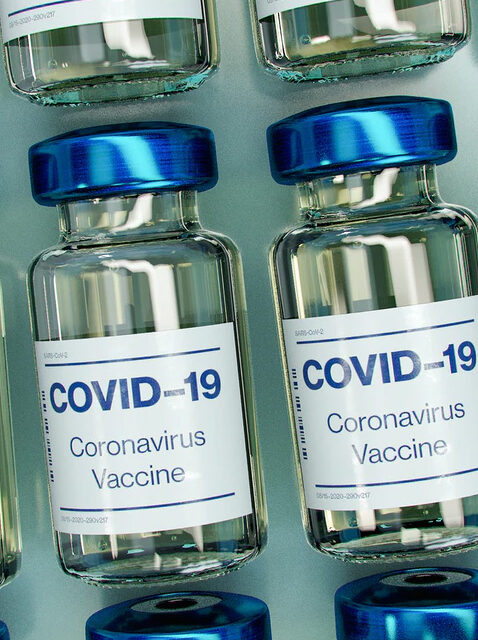@BryanRenbaum
The three counties in Maryland with the highest percentage of residents who are fully vaccinated against the coronavirus are or are among the wealthiest in the state and were won by then-candidate-and-now-President Joe Biden in the 2020 election.
Conversely, the three counties with the lowest percentage of fully vaccinated residents are for the most part among the poorest in the state and were won by then-President Donald Trump.
Howard, Montgomery, and Frederick counties have the highest percentage of residents who are fully vaccinated, according to recent data from the CDC and state health departments and reported by the Springfield News-Leader. Sixty-five percent are fully vaccinated in Howard, 60% in Montgomery, and 57% in Frederick.
Somerset, Garrett, and Cecil counties have the lowest percentage of fully vaccinated residents, according to the data. Thirty-three percent are fully vaccinated in Somerset, and 36% in both Garrett and Cecil.
The annual median household income in the top three fully vaccinated counties ranges from about $98,000 to $121,000, according to the most recent data from the U.S. Census Bureau.
The annual median household income in the three least fully vaccinated counties ranges from about $38,000 to $77,000, according to the Bureau. Among the least vaccinated counties, only Cecil has an annual median household income close to the state’s average of about $85,000.
So, is there a correlation between wealth and politics when it comes to vaccination rates? Or are the disparities just a coincidence?
“There is definitely a correlation between people voting for Biden and getting vaccinated and people voting for Trump and being somewhat apprehensive,” Del. Brian Chisholm, R-Anne Arundel, told MarylandReporter.com. “As far as the income level goes, that is a tough one to analyze.”
Chisholm, who sits on the Health and Government Operations Committee, noted that the three counties with the lowest percentage of fully vaccinated residents are less populous than are many other areas of the state and that that may have made some believe that getting vaccinated was less urgent.
“Cecil is a little bit more rural and spread out. Garrett is certainly spread out. So maybe they felt like they did not need the vaccine because they are so rural and they are not in as close contact with people so often.”
Sen. Will Smith, D-Montgomery, attributed the lower vaccination rates to less accessibility.
“There is certainly a correlation between income and access. In the areas where you have a little bit more access-and that correlates with income-you see higher rates and the economy has been able to open up again.”
As for political influence on vaccination rates, it is a factor, but not as significant as many seem to think, Smith said.
“There is some significant overlap of that and the Trump base. But I am not sure if there is as much of a political overlap as there is a socio-economic overlap.”
Del. Charles Otto, R-Somerset and Worcester, pointed to supply issues as the reason for lower vaccination rates in his district.
“I think initially it was because they would not give us the vaccines because of the package size and we did not have a large enough population that would be there to utilize it. We might get one shipment every week or every two weeks and then they would have to set the clinics up.”
Otto added: “We also have a rural area where people are spread out. And I don’t think they found the risk of the virus as great.”
Former Rep. Albert Wynn said income and education levels play a significant role in the decision to get vaccinated.
“There is definitely a correlation. Income generally corresponds with education levels and receptivity to research data. And experts and research data all argue for the vaccine. So it is not surprising to me that you see wealthier communities embracing it.”
Wynn, a Democrat, represented Prince George’s and Anne Arundel counties in Congress from 1993-08. He noted that in that Prince George’s county, where about 43% of the population is fully vaccinated, residents are taking the threat posed by the virus much more seriously than they previously had.
“As people digested the data about the health disparities, in Prince George’s County there became a much greater awareness and a tendency toward vaccine receptivity and toward social distancing and masking. Masking is still very prevalent in Prince George’s County.”





Where were the mass vaccination sites located.